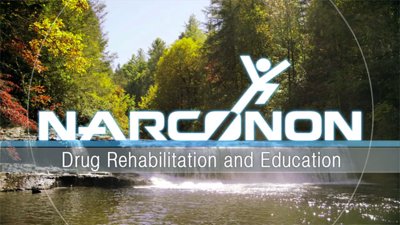Signs and Symptoms of Alcohol Abuse
Around the world, alcohol abuse is a problem that either directly or indirectly causes two million deaths each year. Millions more lose their health, their families, their jobs or just the joy of living.
One of the difficulties with eliminating alcohol abuse is its legality. Drinking itself is legal in nearly all the countries of the world. Being a little or a lot drunk is acceptable or even normal in many cultures. In other cultures, there are specific times and places when moderate drunkenness is considered usual–for example, in Western cultures at sporting events, New Year’s Eve parties, college campus parties and 21st- birthday celebrations.
Signs and symptoms of a problem with alcohol abuse may be overlooked or condoned by friends and coworkers until the damage starts to become obvious. For family members and close friends, the damage is probably apparent far sooner.
If you are wondering if a person is abusing alcohol or if they have progressed to alcoholism, here is what you can look for.
Alcohol abuse:
- Alcohol consumption interferes with work, school or other activities because of being hung over or sick.
- The person will drink despite knowing he or she will be driving, boating or doing something else that would be risky when impaired.
- There are memory losses or blackouts.
- There are accidents or injuries after drinking.
- The person drinks even though there are physical conditions that would be worsened by drinking.
Abuse progresses to addiction when the following signs show up:
- The person can’t control how much or when he or she drinks.
- He needs to take in more alcohol to get the same buzz as before.
- Withdrawal symptoms set in when alcohol consumption is stopped, and the person may feel sick, sweaty, shaky and anxious.
- The person gives up other activities they used to enjoy, so they can drink
- A lot of time is spent either drinking or recovering from drinking.
- Even though there is harm to career, education, family or other relationships, the person still drinks.
- The person drinks early in the day, stays drunk for a long time, or drinks alone
- They try to conceal their drinking and make excuses.
- They consistently rely on alcohol to relieve stress or solve problems.
- The drinker would like to quit drinking but despite repeated attempts, still drinks.
- Alcohol becomes a focal point in life. The drinker must always make sure there is enough on hand, and social activities nearly always include drinking.
Excessive Alcohol Consumption Should Not Be Overlooked
These symptoms of alcohol abuse and alcoholism are warning signs that damage is occurring, whether to health, mind, relationships, legal situations or life in general. Overlooking the signs of abuse can pave the road for addiction to follow. When a person loses control of their drinking, the dwindling spiral may end in illness, incarceration, destruction of the family or death.
The highest rates of alcohol-related deaths occur in Russia and neighbouring countries, where 20 percent of deaths among males are related to alcohol consumption. In China, South and Central American and Eastern European countries, between 5 percent and 10 percent of all deaths are related to alcohol use. Cirrhosis of the liver is the biggest killer of both men and women, followed by traffic accidents.
To find help for someone who cannot control his or her drinking, contact Narconon today. The Narconon programme guides each recovering person through repair of the damage from addiction and through the learning steps needed to develop sober living skills.
The Narconon New Life Detoxification is an essential part of each person’s recovery. The programme includes moderate exercise, a strict nutritional regimen and time sweating in a low-heat sauna. This can result in clearer thinking and elimination of the cravings that cause the individual to abuse drugs and alcohol.
Find help for someone who is abusing or addicted to alcohol today at Narconon.
Resources:

